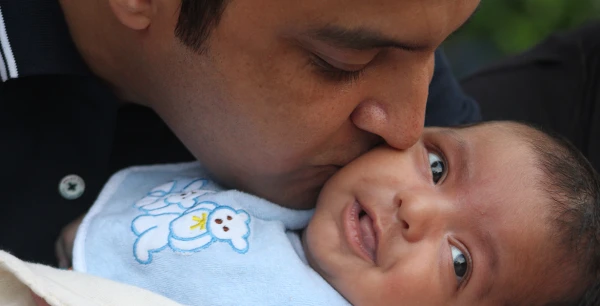1. What Is the 20-Month Sleep Regression?
At 20 months, toddlers often experience a temporary disruption in sleep due to:
- Developmental leaps—learning new words, climbing, and testing independence.
- Separation anxiety—your toddler may suddenly need extra reassurance.
- Nap resistance—some toddlers fight naps as they become more active.
This regression typically lasts 2-6 weeks but can vary depending on your toddler’s temperament and routine.

2. Signs & Symptoms of the 20-Month Sleep Regression
If your toddler’s sleep has suddenly changed, look for these common signs:
Nighttime Sleep Issues
- 20-month-old won’t sleep through the night—waking frequently or needing more comfort.
- Night wakings & disruptions—more crying, calling for you, or restlessness.
- Fighting bedtime—delaying tactics, tantrums, or refusal to go to sleep.
Nap Issues
- 20-month-old refusing naps—especially the second nap.
- Short naps or nap regression—waking too soon and unable to resettle.
Tip: Stick with a consistent routine to help your toddler through this phase.
3. Sleep Issues & Challenges
Not Sleeping Through the Night
Many toddlers at this age start waking up again at night, even if they were previously sleeping well. If your 20-month-old is waking up at night, check for:
✔ Overtiredness—too much wake time before bed.
✔ Hunger—some toddlers still need a bedtime snack.
✔ Separation anxiety—needing extra comfort before sleep.
Fighting Bedtime & Naps
If your 20-month-old is fighting sleep, they may be:
- Testing limits—this age is all about asserting independence.
- Under-tired—wake windows might need adjusting.
- Overstimulated—too much excitement before bed can make it harder to settle.
Tip: Keep bedtime calm and predictable—dim the lights, read a book, and avoid screen time.
4. Causes & Duration of the 20-Month Sleep Regression
The 20-month sleep regression is often caused by:
- Separation anxiety—toddlers at this age may fear being left alone.
- Nap transitions—some toddlers may start resisting naps, but don’t drop them yet!
- Increased activity—toddlers are more mobile and engaged, making it harder to wind down.
How Long Does the 20-Month Sleep Regression Last?
This regression typically lasts 2-6 weeks, but consistency is key to getting back on track.
5. Sleep Schedules & Routine
Keeping a structured sleep schedule can help reduce sleep struggles.
Sample 20-Month-Old Sleep Schedule
- Wake-up: 6:30 – 7:30 AM
- Nap: 12:30 – 2:30 PM
- Bedtime Routine: 6:30 – 7:00 PM
- Bedtime: 7:00 – 7:30 PM
Tip: Stick to wake windows of 5-6 hours before the nap and bedtime.https://sleeplady.com/baby-sleep/wake-windows-by-age/
6. Solutions & Coping Strategies
How to Help Your Toddler Through the 20-Month Sleep Regression
- Stay Consistent—Keep bedtime, naps, and wake-up times the same.
- Offer Reassurance—If separation anxiety is an issue, spend extra time together before bed.
- Adjust Wake Windows—Try 5-6 hours of awake time before naps and bedtime.
- Encourage Independent Sleep—Use gentle sleep coaching if needed.
? Remember: This phase will pass! Stay patient, and your toddler will return to better sleep soon.
Final Thoughts
The 20-month sleep regression can be challenging, but it’s a normal part of development. Stick to your routine, be patient, and offer comfort when needed. Your toddler will get back to sleeping well!




